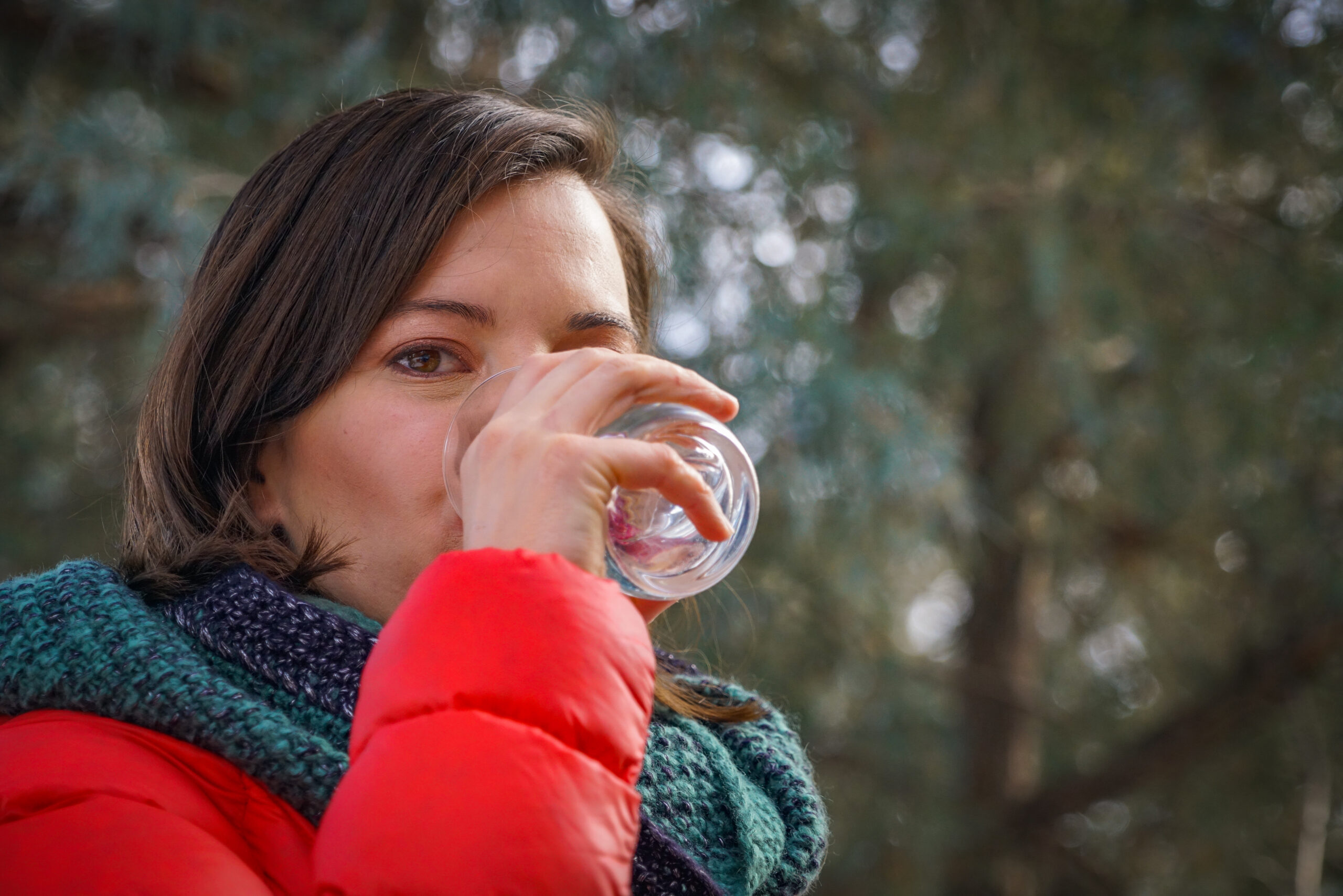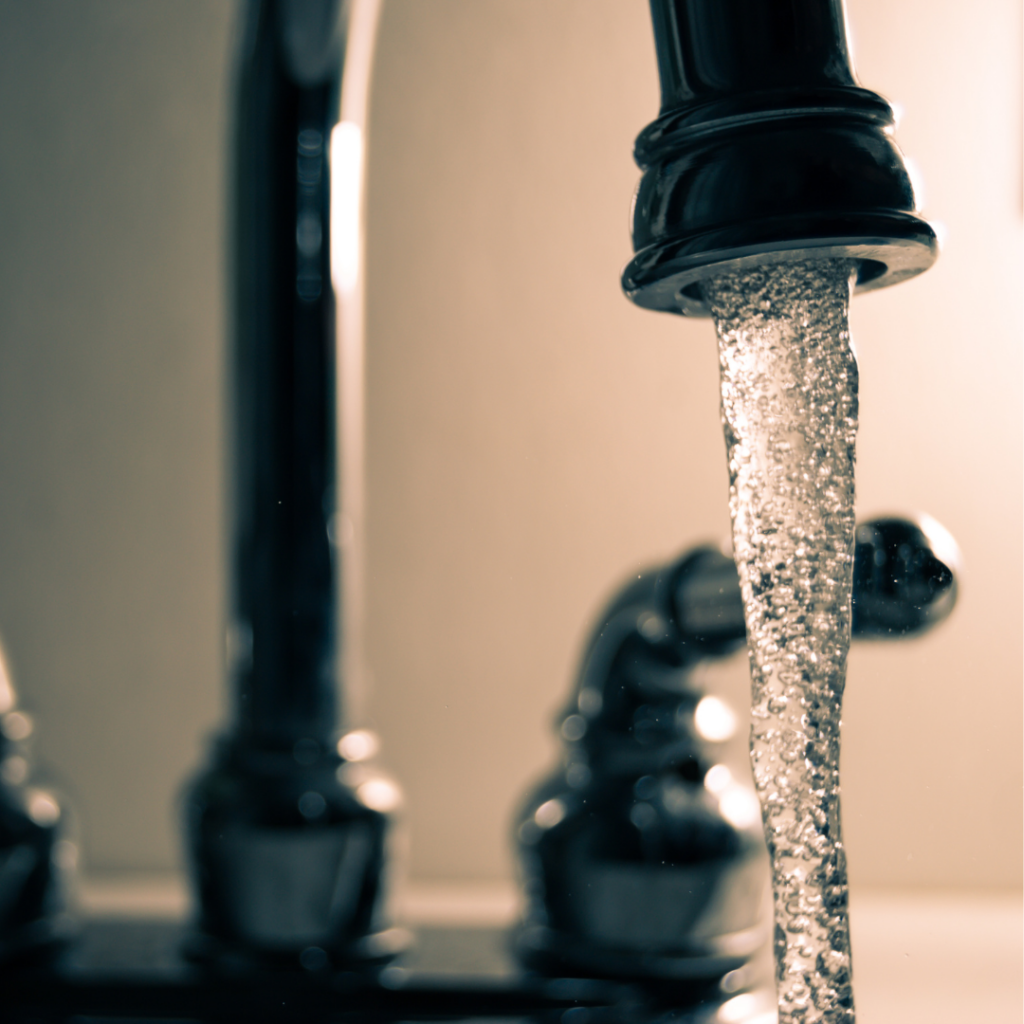Where does your drinking water come from?

For many, the answer is the kitchen faucet. But our water does not just magically appear from the tap — it is a long process, and rivers play an essential role.
When we think about our water infrastructure, what typically comes to mind are pipes and treatment plants. But rivers are at the heart of this infrastructure – rivers, and streams provide critical natural infrastructure that keeps our communities and economy running.
That’s why it is so important to keep our rivers clean and healthy. Our own health depends on it.
The best way to learn about your drinking water is to contact your local utility. They can tell you about the source of the water, and how it is treated.

Protect Clean Water
Keep yourself informed on the latest opportunities to defend our drinking water and rivers.
MUCH of Our Drinking Water Comes from Rivers and Streams
You can also use this interactive map from the EPA to find out about the source of your water, and read EPA’s Water on Tap [PDF] to learn about drinking water safety and more.
- If you live in Seattle, your water comes from the Cedar and Tolt rivers, where surrounding forests help protect water quality.
- If you live in New York City, some of your water comes from the Delaware River basin.
- The 3.2 million residents of Minnesota’s Twin Cities get their water from the Mississippi River.
- Most of metro Atlanta’s 4.1 million residents get their water from the Chattahoochee and Flint rivers.
- The lifeline of the Colorado River sustains more than 36 million people across seven states, from Denver to Los Angeles.
Once a community system pulls water from a river (and in some cases a well), the water is treated to federal and state required purity levels before being pumped and piped to our houses as clean drinking water.
While our tap water is generally safe to drink, threats to rivers and drinking water are increasing. We shouldn’t take clean water for granted.
American Rivers is working on the national, state, and local levels to ensure we have healthy rivers and clean water for generations to come.
How much water do we use?
The “water footprint” of the average American is 32,911 glasses per day. But nobody drinks that much water – ninety-six percent of our water footprint comes from growing the food we eat, generating energy, and manufacturing clothes and other goods.
One great resource to check out is The Water Footprint Network, which can help you learn about water use and calculate your own water footprint.
